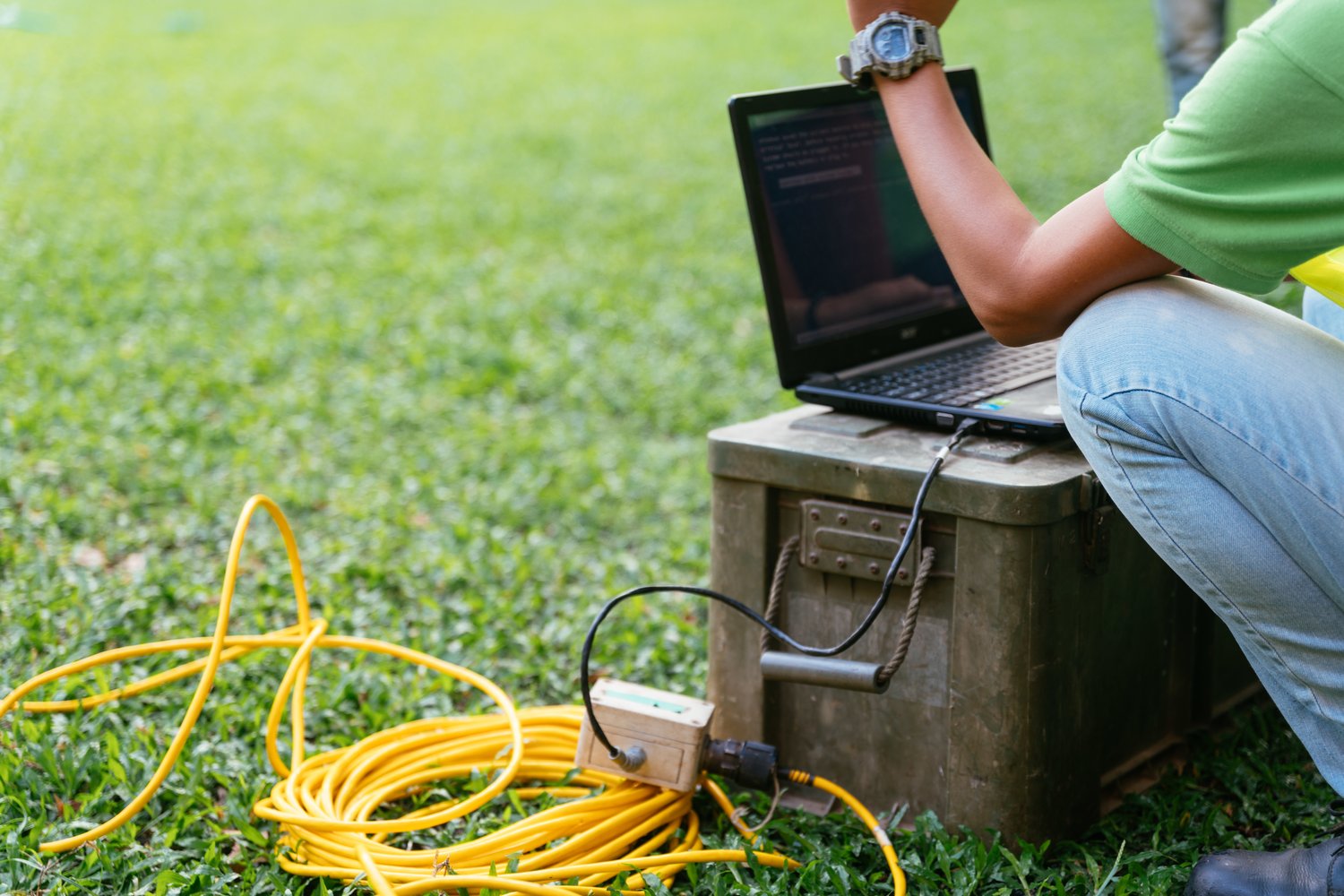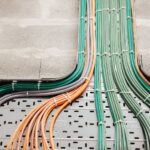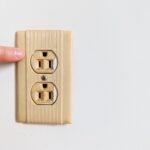If you’ve ever found an unexpected puddle creeping onto your basement floor or a sudden surge in your water bill, you might be facing the hidden challenge of an underground pipe leak. Tackling this issue effectively not only saves you from costly repairs but also protects your home from potential water damage. Discovering the right tools and techniques for leak detection is a pivotal step in maintaining a robust and efficient plumbing system.
- Explore essential equipment like acoustic leak detectors and thermal imaging cameras, each designed to pinpoint pesky leaks with precision.
- Learn how to select leak detection gear that aligns with your budget and property specifics, ensuring cost-effective and efficient problem-solving.
- Master techniques such as pressure testing and dye testing to complement your detection toolkit and strengthen your leak detection strategy.
This article equips you with comprehensive insights into detecting underground pipe leaks, empowering you to safeguard your home against unexpected plumbing challenges. Dive in to discover how you can turn detection into prevention and keep your sanctuary secure and dry.
Essential Tools for Underground Pipe Leak Detection: A Guide for Homeowners
Underground pipe leak detection is a crucial skill for homeowners. Detecting leaks early can prevent major water damage and high repair costs.
One of the most effective tools is the acoustic leak detector. This device amplifies the sound of water escaping from a pipe, allowing users to pinpoint the leak’s location without excavation. It is beneficial for detecting leaks in water supply lines.
A moisture meter is another handy tool. It measures moisture levels in the soil or around the suspected area of the leak. Moisture meters can indicate the presence of a leak by detecting abnormally high moisture levels.
Thermal imaging cameras offer a non-invasive method to spot temperature differences in walls and floors where pipes are located. They are particularly useful for detecting hot and cold water leaks, as well as leaks in radiant heating systems.
Choosing the Right Leak Detection Equipment
Selecting the right equipment is essential to successfully locate and address leaks in underground pipes. When choosing leak detection equipment, consider your specific needs and property characteristics.
If you’re dealing with a complex plumbing system or extensive lawn, an acoustic leak detector might be the best choice due to its capability to accurately identify the leak’s location without digging up the entire yard.
On the other hand, if budget constraints are a concern, a moisture meter could be an economical yet effective option. It’s great for confirming suspicions of a leak without investing heavily in more sophisticated tools.
For those interested in high-tech solutions, thermal imaging cameras provide a comprehensive view of potential problem areas. While they are a more significant investment, they offer precise analysis and can be used for various leak detection scenarios.
By considering these factors, homeowners can invest in the right tools, ensuring efficient and cost-effective leak detection that aligns with their unique needs.
Techniques for Efficient Underground Pipe Leak Detection: Tools and Techniques for Homeowners
Detecting plumbing leaks in underground pipes can be a daunting task for many homeowners. However, a systematic approach using specialized techniques can greatly simplify this process. By applying the following methods, you can identify leaks accurately and prevent costly water damage to your property over time.
Visual Inspections: The First Line of Defense
Begin your leak detection journey with a thorough visual inspection. Look for signs of water pooling on the ground, unusual lush patches in the lawn, or cracks in the driveway. These indicators often point to potential underground plumbing issues.
Pay special attention to areas near your home’s foundation and any visible pipe fittings. While visual inspections might not always provide conclusive evidence, they can offer valuable clues about potential leak locations.
Pressure Testing: Measuring Water Integrity
Pressure testing is a more precise method used to determine the integrity of your plumbing system. Start by shutting off all water fixtures and attaching a pressure gauge to a faucet or spigot.
Check the water pressure on the gauge. If you notice a significant drop in pressure over time, this could indicate a leak somewhere in the underground piping. By pinpointing the area where pressure declines, homeowners can narrow down the leak location.
Dye Testing: Adding a Touch of Color
Dye testing involves introducing a specialized dye into your plumbing system. This can help trace leaks effectively. Mix the dye with water and flush it through your pipes, then monitor areas suspected of leaking.
If the dye seeps through the soil or into visible water puddles, you’ll know where the leak is occurring. Dye testing, when combined with professional leak detection equipment, can enhance your accuracy in finding hidden leaks.
Each of these techniques offers unique advantages and can be incredibly effective when utilized in combination with reliable leak detection tools.
Frequently Asked Questions on Underground Pipe Leak Detection
What are the most common signs of an underground pipe leak?
- Unusually high water bills
- Wet spots or soggy areas in the yard
- Decrease in water pressure
Can I detect a pipe leak without professional tools?
Yes, you can start with visual inspections for wet spots and listen for sounds of running water when not in use.
How do acoustic leak detectors work?
They detect the sound of water escaping from pipes, helping pinpoint leak locations through sound amplification.
Is dye testing effective for all leaks?
Dye testing helps identify toilet leaks or leaks in visible areas but is less effective for underground leaks.
What is the role of a moisture meter in leak detection?
It measures moisture levels in walls and floors to identify potential leak areas by detecting above-normal humidity.
How does thermal imaging detect leaks?
It uses infrared technology to spot temperature differences, revealing leaks by highlighting cold or hot spots.





